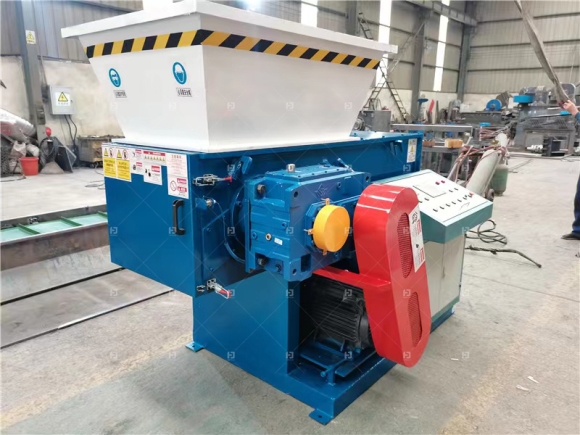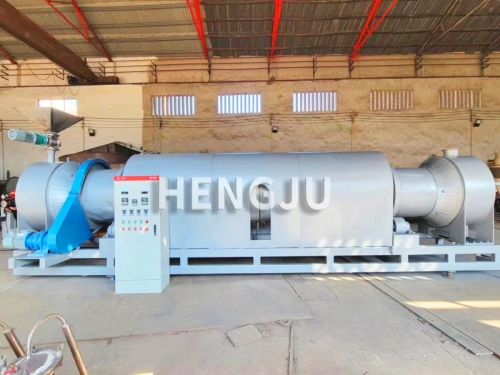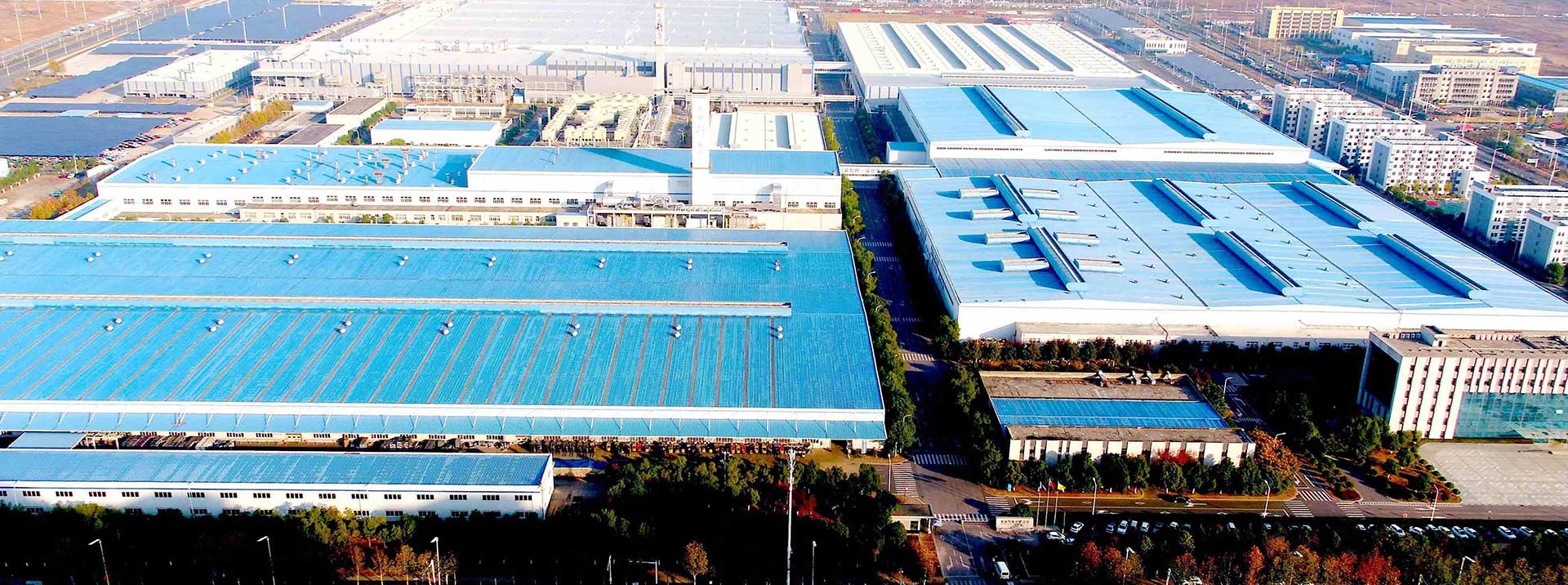What is the Difference Between Single-Shaft, Dual-Shaft, and Quad-Shaft Metal Shredders? Which One Should I Choose?
Metal shredders are essential equipment for efficiently recycling and processing various types of scrap metal. These powerful machines come in several designs, with the most common being single-shaft, dual-shaft, and quad-shaft models. Understanding the differences between these types is crucial for selecting the right equipment to optimize your metal recycling operations. This article will explore the characteristics of each shredder type and provide guidance on making the best choice for your specific needs.
Single-Shaft Metal Shredders
Single-shaft metal shredders feature a single rotating shaft equipped with blades that shred material primarily through shearing and tearing forces against a stationary counter knife.
Key Features and Benefits:
Simple Design: Their straightforward design makes them relatively easy to operate and maintain.
Lower Energy Consumption: Compared to multi-shaft shredders, single-shaft models generally consume less energy.
Cost-Effective: They typically have a lower initial investment cost, making them a good option for smaller operations.
Versatile for Light to Medium-Duty Applications: Suitable for processing a range of materials, including some plastics, wood, and softer metals.

Limitations:
Lower Processing Capacity: Compared to dual-shaft and quad-shaft models, they have a lower throughput capacity.
Limited for Large or Hard Materials: They may struggle with very large or extremely hard metal scraps.
Dual-Shaft Metal Shredders
Dual-shaft metal shredders are equipped with two parallel shafts featuring intermeshing blades. These blades rotate in opposite directions, effectively shredding materials through powerful shearing and squeezing actions.

Key Features and Benefits:
Higher Efficiency and Processing Capacity: The dual-shaft design allows for greater throughput and faster processing.
Effective for Medium-Sized Facilities: Well-suited for handling larger volumes of scrap metal compared to single-shaft shredders.
Can Process a Wider Range of Materials: More effective at shredding tougher and bulkier materials.
Limitations:
Higher Energy Consumption: They typically consume more energy than single-shaft shredders.
Higher Initial Investment: The cost of dual-shaft shredders is generally higher than single-shaft models.
Quad-Shaft Metal Shredders
Quad-shaft metal shredders consist of two sets of dual shafts arranged in series. This configuration provides an additional shredding stage, resulting in a finer and more uniform output material.

Key Features and Benefits:
Finely Shredded Output: Ideal for applications requiring a smaller and more consistent particle size.
Suitable for Complex and Large Metal Scraps: Can efficiently process a wide variety of challenging materials.
Reduced Need for Secondary Processing: The thorough shredding action minimizes the need for further processing.
Ideal for Large Industrial Applications: Designed for high-capacity and demanding recycling operations.
Limitations:
Highest Initial Investment Cost: Quad-shaft shredders have the highest upfront cost.
Higher Space Requirements: They generally require more floor space compared to single-shaft and dual-shaft models.
How to Choose the Right Metal Shredder
Selecting the appropriate metal shredder depends on several key factors specific to your operation:
Material Type and Size: Carefully assess the type and size of metal scrap you will be processing. Different shredders are optimized for specific materials and dimensions. For instance, softer metals and smaller pieces might be suitable for a single-shaft shredder, while larger, tougher materials may require a dual-shaft or quad-shaft model.
Processing Capacity Needs: Estimate your daily or monthly processing volume. Ensure the selected equipment can handle your required throughput to meet your production targets efficiently.
Budget: Consider both the initial investment cost and the ongoing operating costs, including energy consumption and maintenance. Single-shaft shredders are generally the most cost-effective initially, while quad-shaft shredders represent a higher investment.
Space Requirements: Evaluate the available space at your facility. Ensure you have sufficient room to accommodate the chosen shredder model, considering its dimensions and any necessary clearance for operation and maintenance.
Desired Output Size: Determine the required size of the shredded material. If you need a finely shredded output for further processing or specific applications, a quad-shaft shredder might be the best option.
Conclusion
In summary, the choice between single-shaft, dual-shaft, and quad-shaft metal shredders depends heavily on the scale of your operations, the types and volume of metal scrap you process, your budget, and your desired output material size. For small-scale operations with lighter materials, a single-shaft metal shredder can be a cost-effective solution. Medium-sized facilities handling larger volumes of diverse scrap may find dual-shaft shredders more suitable. For large industrial applications requiring high capacity and finely shredded output, quad-shaft shredders are often the preferred choice.
If you are still unsure which metal shredder best fits your specific needs, Hengju Machinery offers a wide range of high-quality single-shaft, dual-shaft, and quad-shaft metal shredders with excellent performance and long service life. Our professional engineers can also provide customized solutions based on your specific materials and processing requirements.
Feel free to contact Hengju Machinery today for expert advice and to find the perfect metal shredder for your business.
Copyright: Copyright belongs to Hengju Machinery! Reprint please indicate the source: https://www.hengjumachinery.com/industry-news/-metal-shredder-types-comparison2.html









